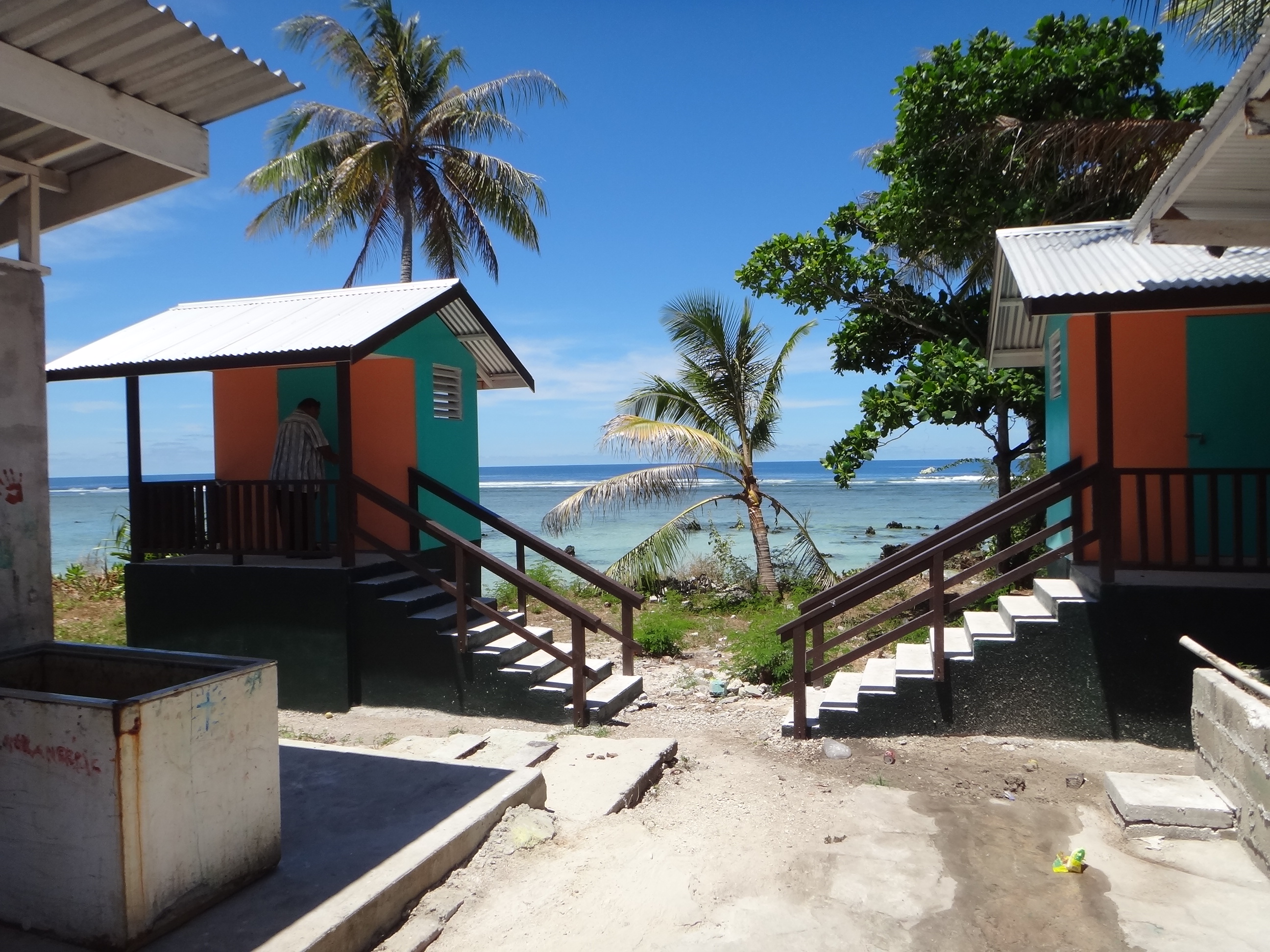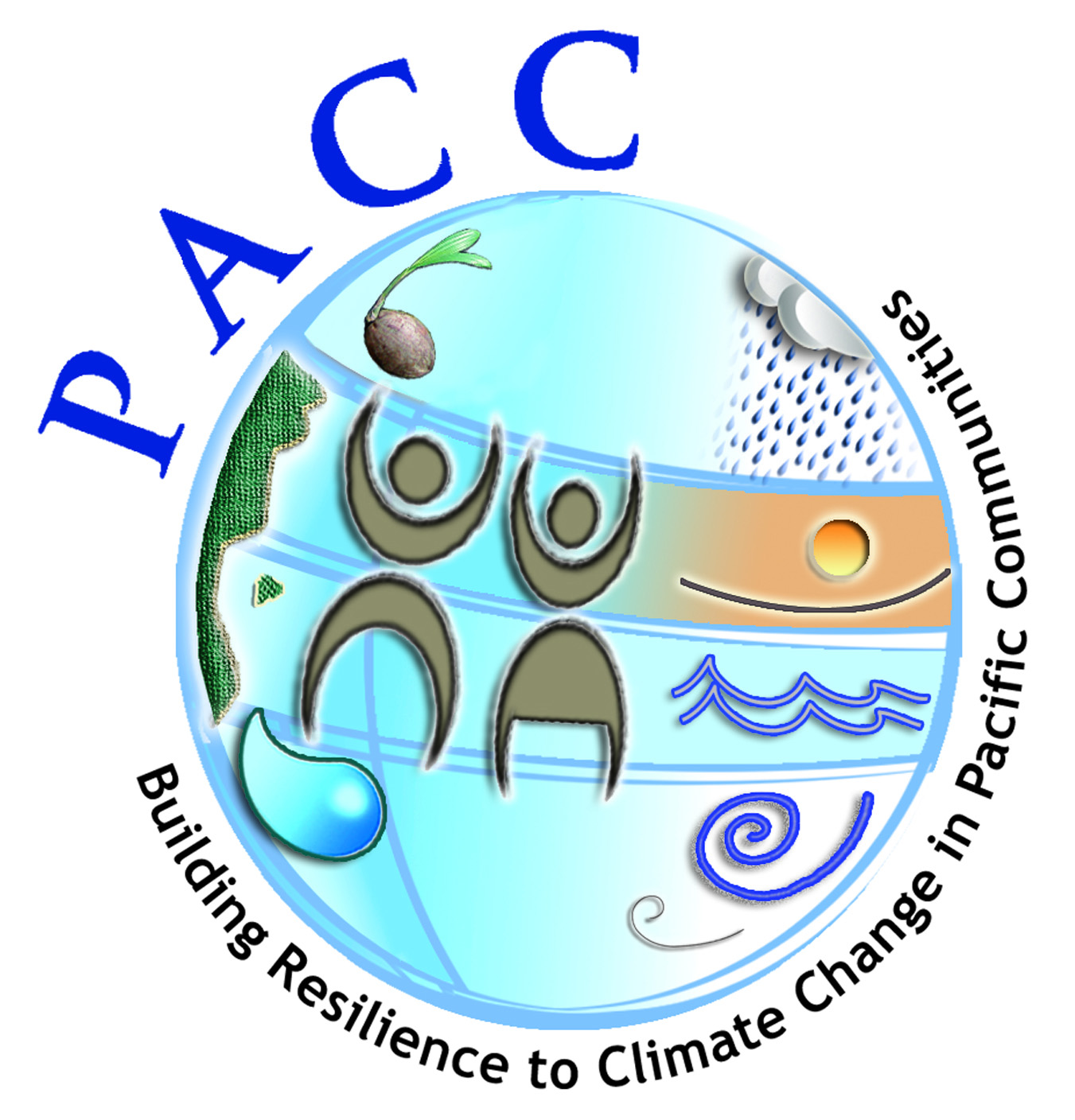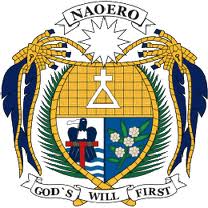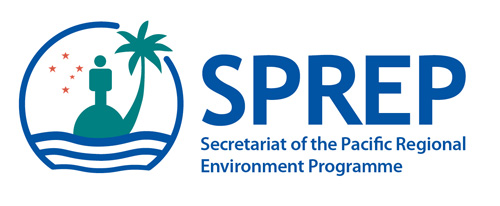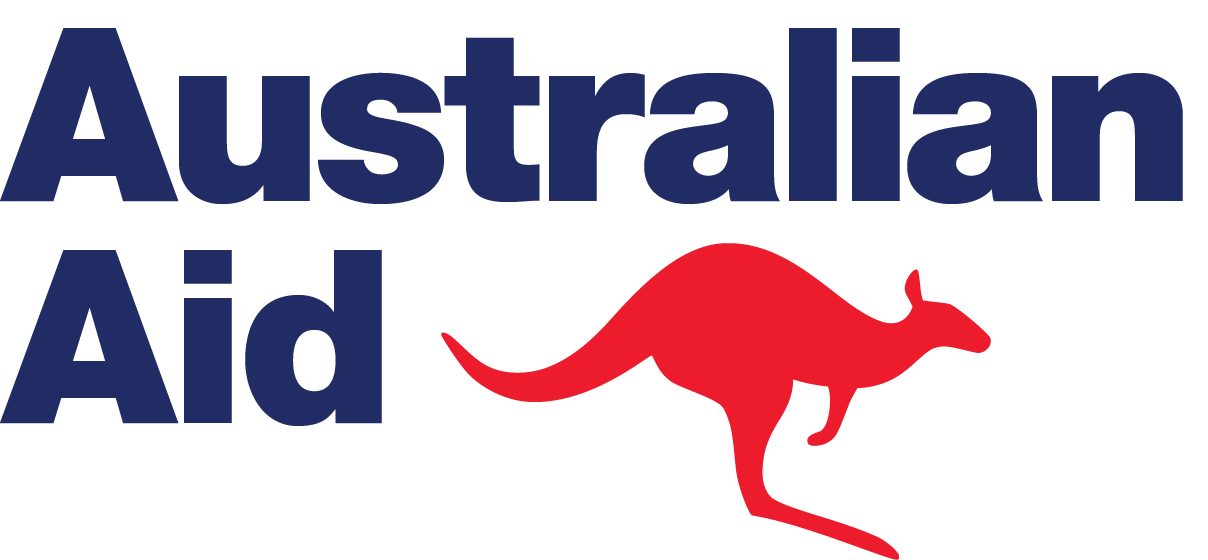PACC Nauru
Project Overview
PACC Nauru: Adapting water resource management to increase climate-resiliency and protect against future climate change risks
In Nauru—a small isolated island developing state situated in the Pacific region—the PACC project specifically aimed to increase, diversify and better manage the island nation’s water supply.
For more information on the 13 additional participating countries and the Overall PACC Programme, click here.
Project Details
The total land area of Nauru is 22 sq km, surrounded by a coral reef. Nauru’s climate is very dry; varied annual rainfall causes prolonged droughts. As with other small island states, Nauru’s water supplies are also vulnerable to fluctuations in rainfall. With the Buada Lagoon as Nauru’s only surface fresh water resource, most of the population relies on either desalination by the Nauru Utilities Authority or on rainwater harvesting for their water. Alternative sources of water are lacking and groundwater resources are threatened by many contaminants such as cadmium, leachate and sewage from rubbish dumps, and household waste water.
Significant changes in average rainfall and sea temperatures can also affect other development sectors in Nauru. Periods of drought can jeopardise agriculture and fishing sectors, and increase the likelihood of fires. Low availability of freshwater can also lead to challenges in the health sector, with an increased incidence of water-borne infectious diseases such as typhoid and diarrhoea.
Key Results and Outputs
The first of the PACC outcomes is devoted to mainstreaming. The PACC approach to mainstreaming has a dual purpose: 1) to strengthen the ability of institutional frameworks, policies and plans to take climate change risks into consideration and 2) to improve the capacity of key national government and community decision-makers to integrate adaptation measures in key decisions.
The second PACC outcome is to design and demonstrate innovative decision systems, approaches, technologies and practical measures to improve climate-resilience.
The third outcome, Technical Support and Communication, is to ensure that results and lessons from the PACC project are shared regionally and globally. The goal is also to bring together new knowledge generated through the project as the basis for a strategic regional approach to climate change adaptation among Pacific Island Countries and Territories.
Key Results
- National adaptive capacity developed
- Community vulnerability to climate change reduced
- Technical assistance & Regional Cooperation
Outputs
- 1.1 Technical capacity of key decision makers developed
- 1.2 Institutional coordination mechanisms established
- 1.3 Tools to assess economic costs of adaptation developed and utilized
- 1.4 Legislative and policy directives prepared and adopted
Multimedia
PACC Nauru - Water resources management
This short film, produced by the Nauru PACC project team in 2012, describes progress with the demonstration project.
